
Sage Green - Color Details and Use in Design | ImagineArt
Sage green is a soft, muted color that immediately brings to mind nature. The hex code of sage green is #9CAF88. Discover sage green’s soothing symbolism, exact hex codes, versatile palettes, and practical uses in AI image and video generation.

Saba Sohail
Sat Jun 14 2025
9 mins Read
Sage green is a soft, muted color that immediately brings to mind nature, tranquility, and timeless elegance. Loved for its versatility, it fits beautifully into minimalist designs as well as bohemian and rustic aesthetics. This guide dives deep into sage green’s rich symbolism, psychological effects, and practical uses, helping you harness its calming power across your creative projects.
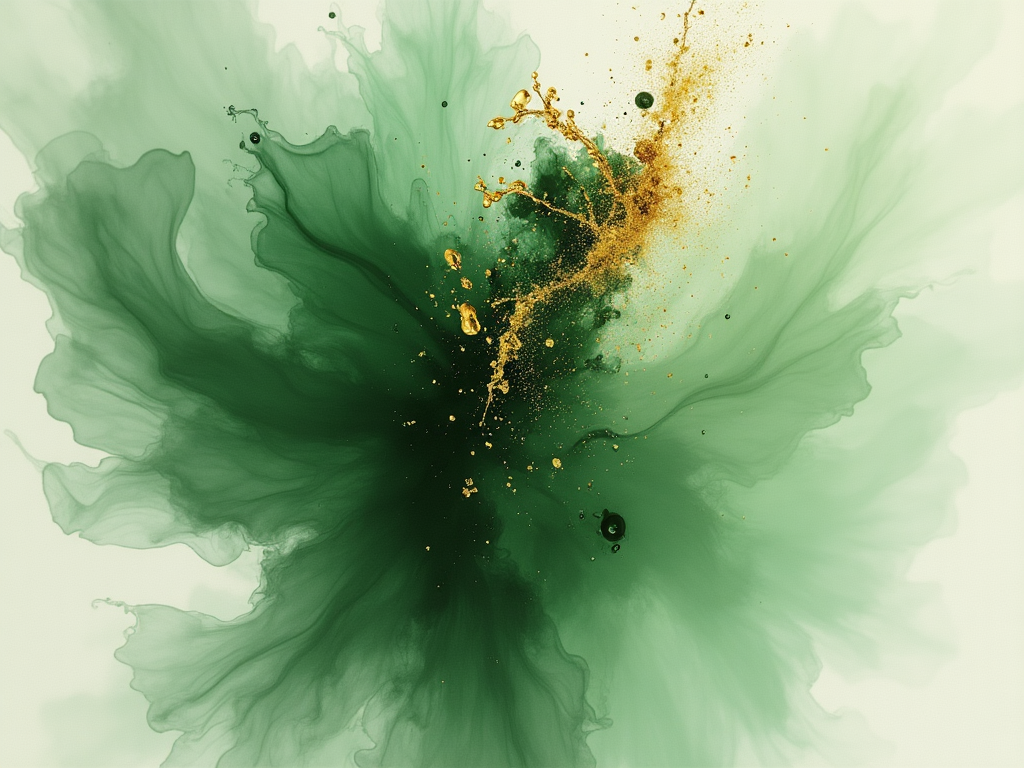 Sage Green Alcoholic Ink
Sage Green Alcoholic Ink
Sage Green — Hex Codes and Color Variations
For digital precision, the most widely accepted hex code for sage green is:
#9CAF88
This hue features gentle gray undertones that soften the classic green, making it versatile for diverse design styles.
What colors go with sage green?
To complement sage green, consider these palettes:
- Complementary: Soft coral (#F4A261), Warm peach (#FFE5B4)
 Which colors go well with sage green
Which colors go well with sage green
- Analogous: Moss green (#8A9A5B), Olive (#6B8E23)
 Sage Green Analogous Palette
Sage Green Analogous Palette
- Triadic: Dusty rose (#DCAE96), Pale lavender (#B7AFA3)
 Sage Green Triadic Palette
Sage Green Triadic Palette
- Monochromatic: Sage (#B2AC88) Light sage (#B8C6A7), Dark sage (#71896B)
 Sage Green Monochromatic Palette
Sage Green Monochromatic Palette
These combinations offer designers flexibility — from natural and earthy to muted and elegant atmospheres. Using complementary colors can add warmth, while monochromatic palettes maintain tranquility.
ImagineArt allows you to input these hex values directly for consistent color use across your AI-generated images and branding.
Sage Green Color Meaning and Symbolism
Sage green draws its name from the aromatic herb known for healing and protection, which perfectly reflects the color’s association with calmness and renewal. Historically, sage green has symbolized wisdom, peace, and natural balance in many cultures.
 Sage Green Silk Fabric
Sage Green Silk Fabric
In Western symbolism, sage green evokes growth, health, and harmony, often used to communicate environmental awareness or spiritual grounding. It’s a favored choice in wellness spaces because it encourages relaxation and mindfulness.
In Eastern traditions, similar muted greens are linked to longevity and vitality, reinforcing the color’s universal message of tranquility and resilience.
Sage green’s subtle depth makes it a go-to for brands and artists aiming to create a serene yet sophisticated mood, one that resonates with audiences seeking calm and clarity.
Color Psychology of Sage Green
Psychologically, sage green blends the restorative effects of green with a soft, neutral tone that doesn’t overwhelm. This makes it especially effective in calming anxiety and promoting mental clarity.
In therapeutic settings, sage green helps balance emotions and encourages mindfulness practices. It’s a color that fosters peaceful environments, which is why it’s often seen in spas, yoga studios, and health-centric brands.
Creatively, sage green can inspire subtle innovation, supporting thoughtful design without distraction. Its understated vibrancy motivates focus and clear thinking, which benefits workplaces, classrooms, and creative studios.
Sage Green Color Accessibility and Conversion
Sage green generally performs well for accessibility, but it’s important to ensure sufficient contrast, especially with text overlays. Pairing sage green with off-white or warm neutrals enhances readability without harshness.
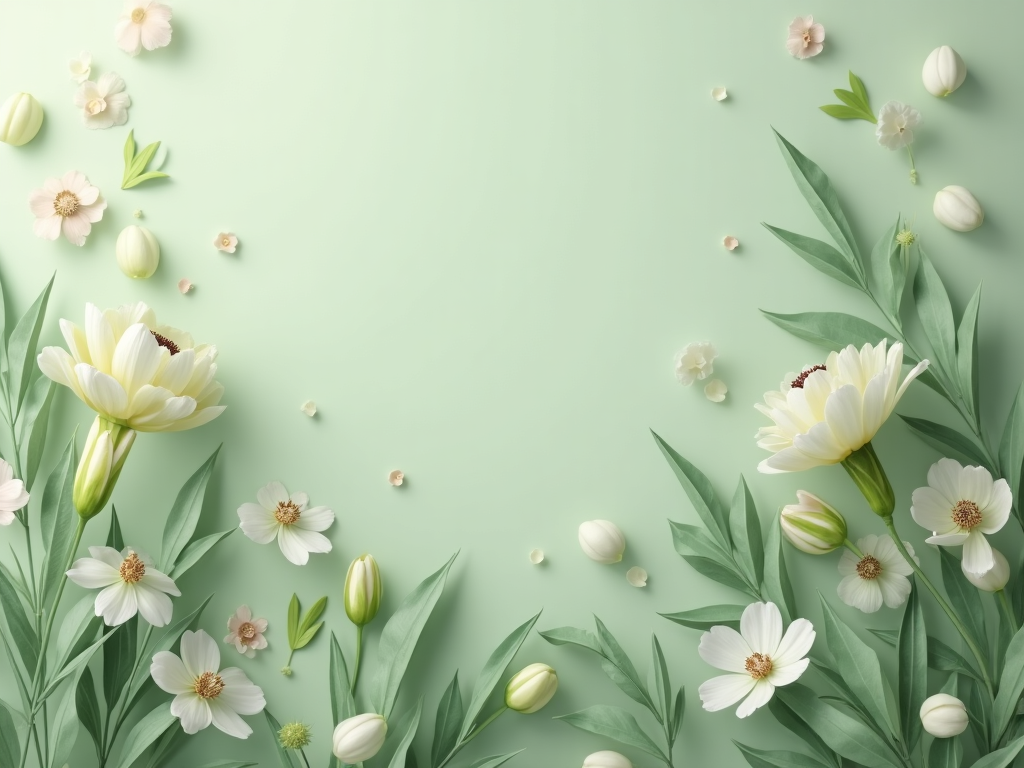 Sage Green Wallpapers
Sage Green Wallpapers
For colorblind users, sage green’s muted tones tend to remain distinguishable but testing remains key.
Conversion between color spaces should be carefully managed:
- RGB: #9CAF88 for vibrant digital use
- CMYK: Approximate values C:40, M:20, Y:55, K:0 for print
- Pantone: PMS 5773 C closely matches sage green for print accuracy
Maintaining consistent color reproduction helps preserve the calming effect and brand identity across all media.
How Sage Green Looks on Different Screens
Sage green’s muted tone can vary subtly depending on screen technology and lighting conditions:
 How sage green looks on different screens.png
How sage green looks on different screens.png
Use Cases of Sage Green in Design
Use of Sage Green in Print Media
Sage green’s soft, muted tone makes it a wonderful choice for print projects that want to convey calm and sophistication.
However, printing this delicate hue can be a bit tricky.
- Choosing the right paper finish, like matte or uncoated, helps preserve its understated elegance without making it look dull or washed out.
- Glossy papers, on the other hand, can sometimes make sage appear more vibrant but might sacrifice its natural softness.
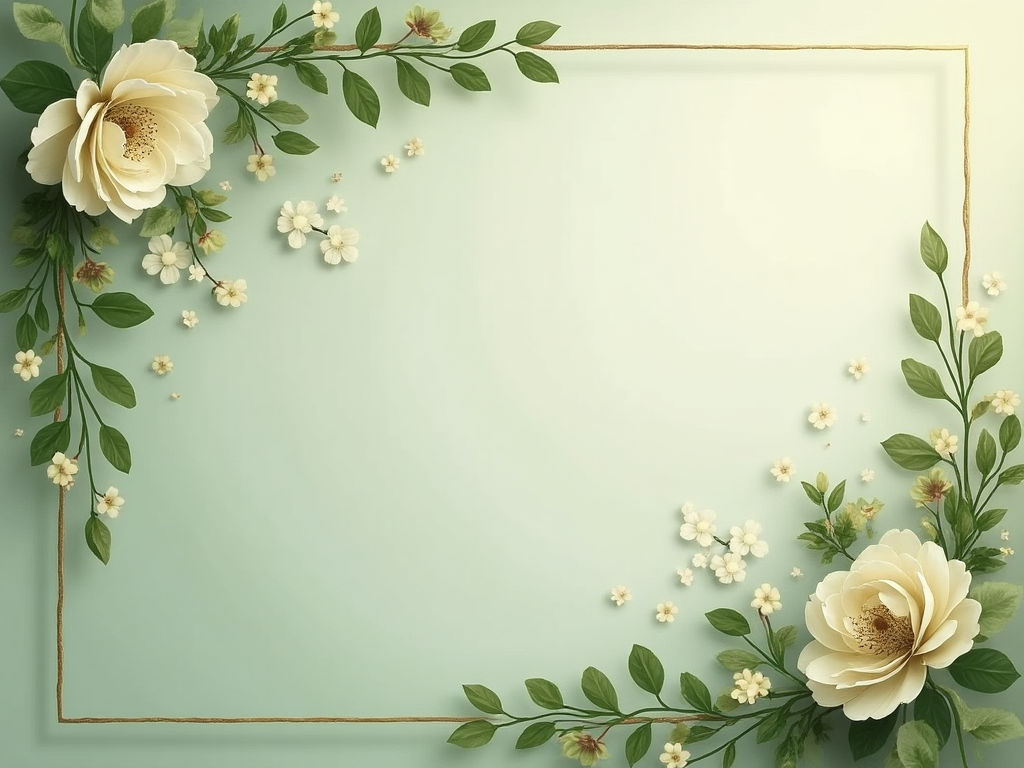 Sage Green Wedding Invitation Cards
Sage Green Wedding Invitation Cards
When matching colors for print, Pantone’s PMS 5773 C is your best bet to keep sage consistent across different materials.
Using spot colors can ensure that your print designs, from brochures to packaging, retain that perfect muted green regardless of printing press variations.
Luxury brands and eco-conscious businesses often leverage sage green for packaging and collateral to evoke trust, nature, and timelessness.
Use of Sage Green in Digital Media
Sage green shines online and on screen, whether in images, videos, or interfaces.
It offers a calm, approachable vibe that is perfect for:
- wellness brands
- eco-focused startups,
- and lifestyle content.
With ImagineArt’s AI image generator, you can easily create visuals that feature sage green as a dominant or accent color, ensuring your designs feel fresh and harmonious.
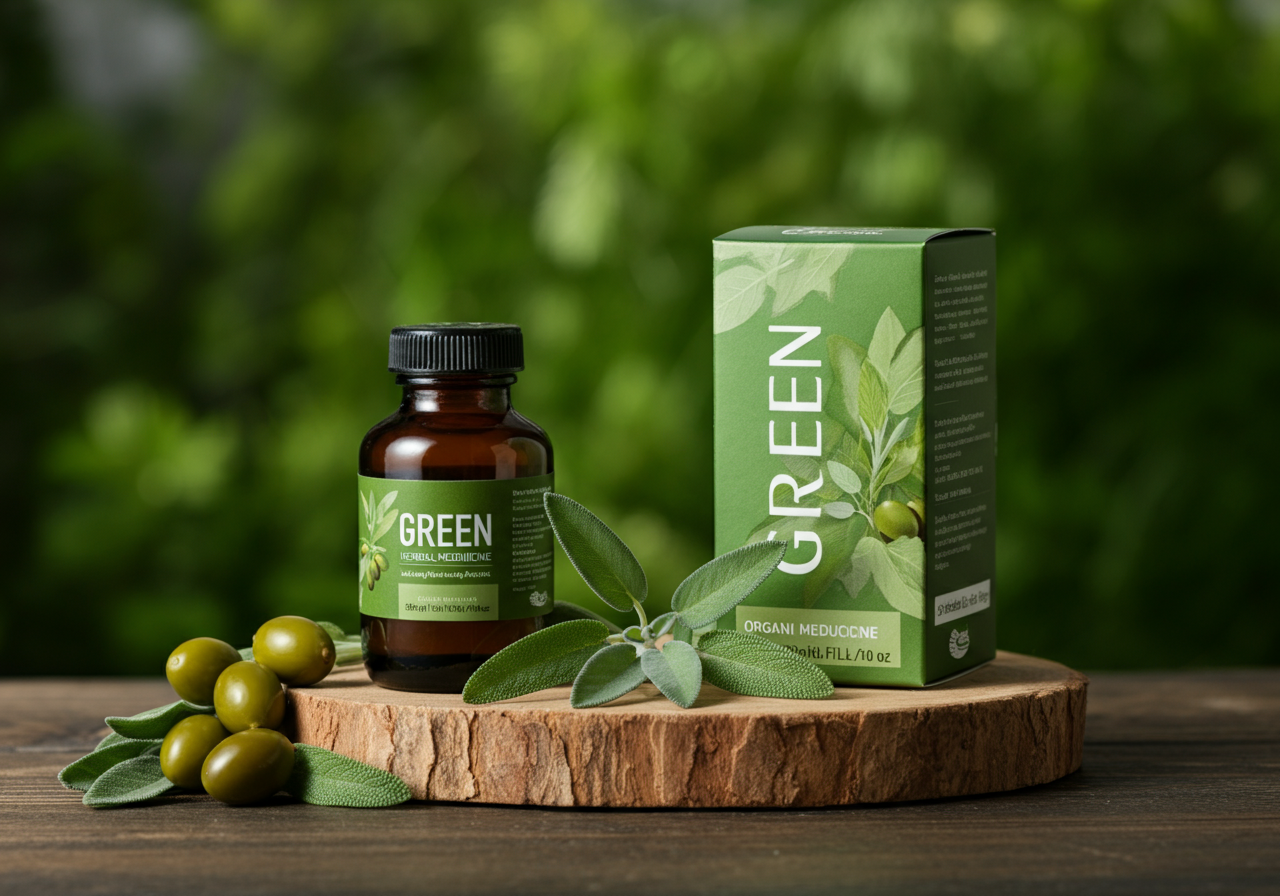 Sage Green Product Packaging
Sage Green Product Packaging
In video content, sage green can be used in backgrounds, animations, or lower thirds to provide a soothing visual experience.
ImagineArt’s [AI video generator] ensures the color is rendered beautifully across formats, whether you’re creating brand promos or social media clips.
Web design and app interfaces benefit from sage green’s versatility.
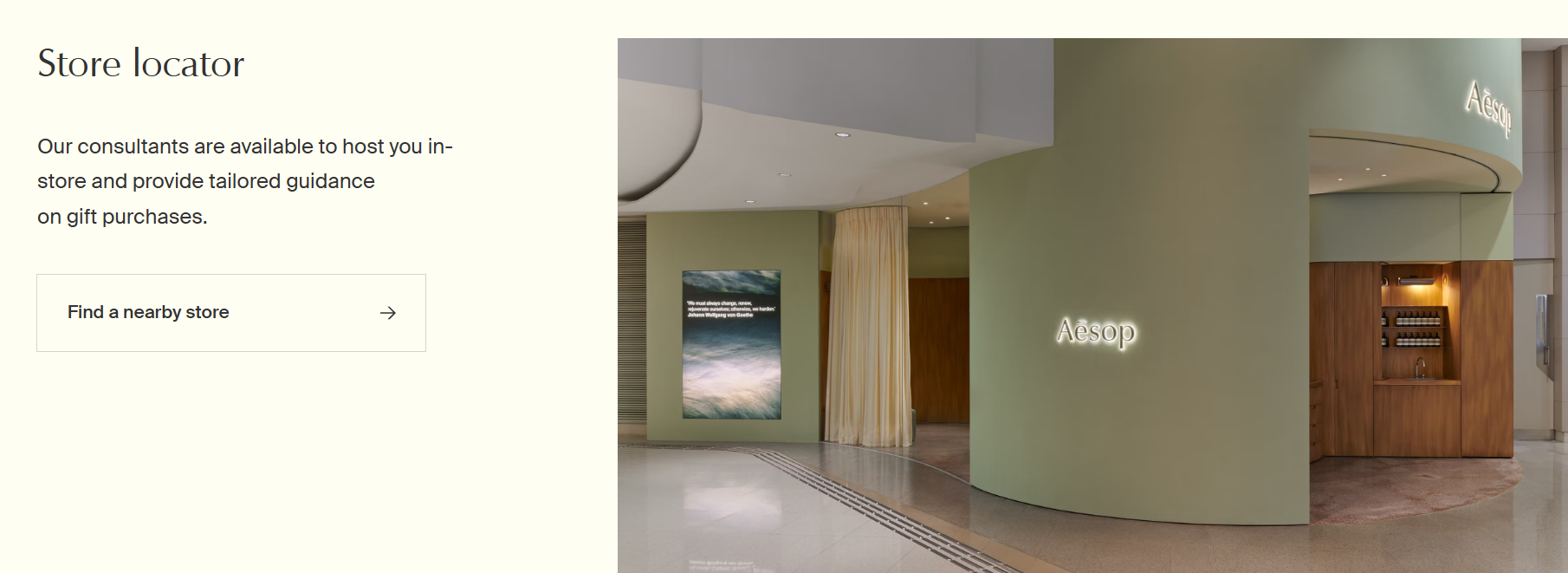 Sage Green in Website
Sage Green in Website
It pairs well with light and dark modes alike and provides excellent accessibility when contrasted with white or charcoal text.
This makes sage a popular choice for buttons, banners, and icons that invite engagement without overwhelming users. Plus, sage green’s calming effect can help reduce eye strain, encouraging longer visits and higher user retention.
Use Case of Sage Green in Logo Design
Sage green in logos suggests growth, balance, and eco-friendliness, making it a favorite in sectors like organic products, health, and sustainability.
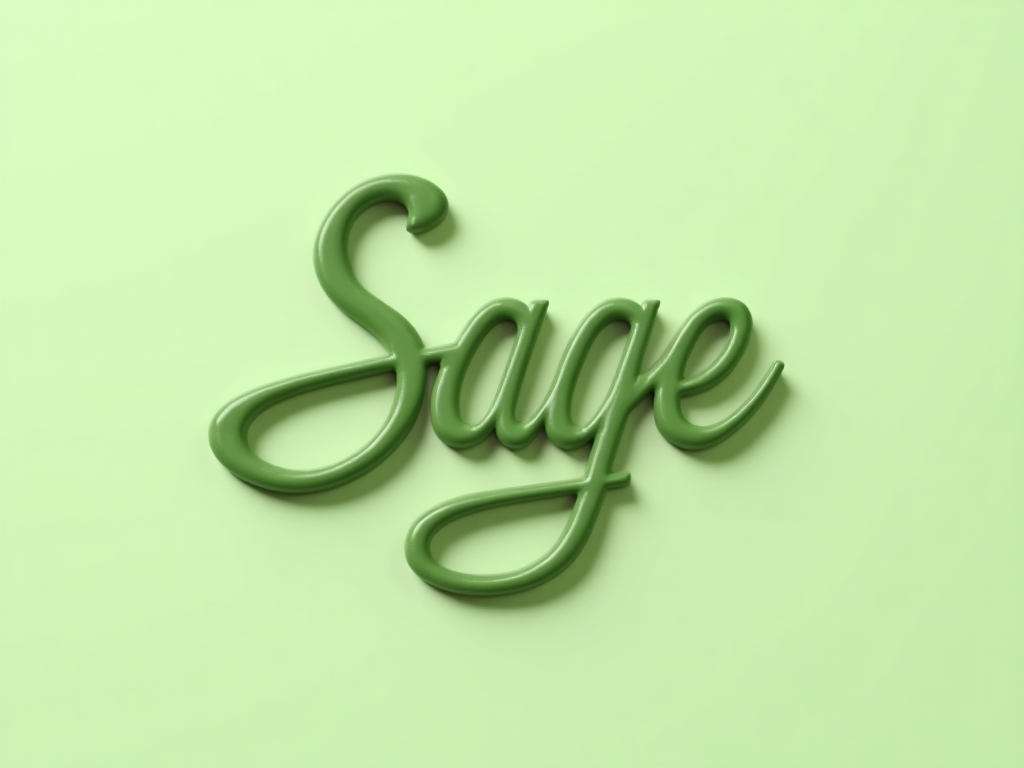 Sage Green Logo
Sage Green Logo
The muted, earthy quality sets it apart from more vibrant greens by adding a sophisticated, grounded touch.
Effective sage green logos often combine the color with clean typography and natural shapes like leaves, branches, or abstract geometric forms. Balancing sage green with neutrals—creams, soft grays, or warm browns—can create an inviting yet professional brand presence.
ImagineArt’s AI logo generator can help generate numerous logo concepts using sage green, allowing designers to experiment with fonts, layouts, and iconography quickly, accelerating brand identity creation while maintaining a cohesive color story.
Use Case of Sage Green in Brand Identity
Sage green’s calming nature is perfect for tying together all brand assets.
On social media, it provides a gentle backdrop that allows other visuals and messages to pop while maintaining a cohesive look.
Packaging in sage green conveys quality and care, ideal for products that emphasize natural ingredients or ethical production. Retail signage or environmental graphics in this color create a welcoming atmosphere that appeals to eco-conscious consumers.
 Sage Green in Brand Identity
Sage Green in Brand Identity
Seasonal branding with sage green is especially effective in spring and autumn campaigns, evoking renewal and harvest. Brands that thoughtfully incorporate sage into their campaigns often find increased emotional resonance and customer loyalty.
ImagineArt’s suite of AI-powered tools simplifies the creation of sage green-infused assets across platforms—whether for posts, packaging mockups, or promotional materials—ensuring your brand looks polished and consistent.
Using Sage Green in AI Video Generation
Sage green (#9CAF88) brings a grounded, elegant tone to AI-generated videos. Its muted, earthy hue works well for calm, minimal aesthetics, making it ideal for explainer videos, mindfulness content, wellness brands, or nature-inspired narratives.
 Sage Green Characters
Sage Green Characters
When used in backgrounds, overlays, or character clothing, sage green softens the visual mood while maintaining a modern professional feel.
 Sage Green in Clothing
Sage Green in Clothing
In AI video generators like ImagineArt’s Video Studio , creators can insert sage green elements into product demos, UGC-style videos, and animated brand stories.
Pair it with cream, soft taupe, or copper tones to maintain harmony or contrast it with white text and dark green accents for a subtle yet cinematic vibe.
Sage Green in AI Headshots
Sage green (#9CAF88) is a top-tier color choice for AI-generated headshot backgrounds — especially when aiming for a clean, organic, and modern aesthetic.
 Sage Green in Headshots
Sage Green in Headshots
It balances freshness and professionalism, making it ideal for entrepreneurs, wellness professionals, designers, and anyone who wants to convey calm confidence.
When generating headshots using ImagineArt’s AI headshot generator, sage green works beautifully with warm and neutral lighting. It’s particularly flattering on earth-toned skin tones and pairs well with outfits in beige, ivory, or charcoal.
Whether for LinkedIn profiles or personal websites, this tone adds a hint of individuality without overpowering the subject.
Fun Facts and History of Sage Green Color
Sage green has an interesting heritage tied to the herb it’s named after, known for its medicinal and spiritual uses throughout history. Ancient cultures prized sage for purification and healing rituals, and the color naturally inherited these calming, restorative qualities.
Historically, sage green pigments were derived from mineral and plant sources, giving rise to soft, earthy tones used in classic paintings and textiles. Unlike some brighter greens, sage avoided the toxicity issues of early synthetic pigments, making it safer for use in homes and artworks.
In royal symbolism, muted greens like sage signified wisdom and humility, contrasting the brighter jewel tones reserved for power and wealth. Over time, sage green’s association with nature and healing helped it evolve into a modern design staple known for subtlety and elegance.
 Sage Green Bridesmaid Dresses
Sage Green Bridesmaid Dresses
Famous Brands Using Sage Green
Several well-known brands have embraced sage green to convey tranquility and sophistication.
For example, the wellness company Aesop frequently uses sage green in its packaging, creating a luxurious yet grounded look that aligns with its natural ingredients.
Away, the travel brand, incorporates sage green into its branding to evoke calm and reliability in the often chaotic travel industry.
Eco-conscious brands in food, fashion, and home goods sectors also favor sage green to emphasize sustainability and quality, making it a trusted color choice for consumers who value mindful living.
 Sage Green in Branding
Sage Green in Branding
These examples demonstrate how sage green can effectively communicate values of care, balance, and elegance.
Sage Green: Related Colors
Pairing sage green with the right colors can completely change the mood of your design.
For a natural, earthy palette, combine it with soft browns, beige, and muted golds.
For a fresh and modern look, pair sage green with crisp whites and cool grays.
Jewel tones like amethyst or navy add richness and contrast, while pastel pinks and blushes soften the overall feel for a more delicate palette.
Creating mood boards around these palettes helps you visualize how sage green interacts with other hues, whether for branding, packaging, or digital media.
Want to read more color profiles? Check our detailed color guides on Burgundy | Emerald Green | Cobalt Blue | Light Pink] (https://www.imagine.art/blogs/light-pink)
Sage Green Palettes
1. Soft Naturals
- Sage Green: #9CAF88
- Cream: #F2EFEA
- Warm Taupe: #A89F91
- Dusty Rose: #C7A69E
- Light Gray: #DAD7D2
 Sage Green Palette 1
Sage Green Palette 1
2. Earthy Calm
- Sage Green: #9CAF88
- Mocha Brown: #6B584C
- Sand: #D6CFC7
- Olive: #8A8F58
 Sage Green Palette 2
Sage Green Palette 2
3. Fresh & Bright
- Sage Green: #9CAF88
- Mint: #A6D49F
- Soft Peach: #F5D4C1
- Light Yellow: #FFF7D6
- Sky Blue: #A9D5E5
 Sage Green Palette 3
Sage Green Palette 3
4. Muted Elegance
- Sage Green: #9CAF88
- Charcoal Gray: #4A4A48
- Soft White: #F7F6F2
- Blush Pink: #E4C8C6
 Sage Green Palette 4
Sage Green Palette 4
5. Botanical Mix
- Sage Green: #9CAF88
- Fern Green: #557C4B
- Cream: #FAF7F0
- Rust Orange: #C35F35
- Deep Brown: #523E2B
 Sage Green Palette 5
Sage Green Palette 5
Ready to create sage green visuals with ImagineArt?

Saba Sohail
Saba Sohail is a Generative Engine Optimization and SaaS marketing specialist working in automation, product research and user acquisition. She strongly focuses on AI-powered speed, scale and structure for B2C and B2B teams. At ImagineArt, she develops use cases of AI Creative Suite for creative agencies and product marketing teams.